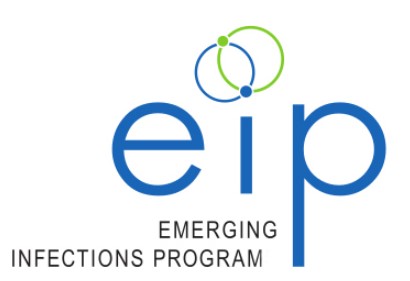At a glance
- The Emerging Infections Program (EIP) supports state-level efforts to track, prevent, and report on emerging infectious diseases.
- EIP sites produce timely, actionable surveillance and evaluation data to inform policy and public health practice.

Overview
The Emerging Infections Program (EIP) is a network of 12 US sites working to translate infectious disease research into informed policy and public health practice. Each network site is a collaboration between state health departments, academic institutions, and other key public health partners.
EIP sites collect extensive data on disease characteristics and risk factors, including variables not collected through standardized reporting, such as underlying medical conditions, clinical course, outcomes, and vaccination status. EIP sites also investigate causes of infectious disease outbreaks, evaluate effectiveness of interventions, and promote prevention.
The EIP network can be leveraged in emergencies to rapidly scale up surveillance of emerging infectious diseases and inform quick decision making. During the COVID-19 pandemic, EIP sites worked together to collect extensive data on hospitalized patients, including those first affected. This work described disease trends among adults and children, highlighted differences in hospitalization rates of vaccinated and unvaccinated people, and informed recommendations on strategies to prevent infection.
EIP sites rely on robust and integrated data reporting and sharing systems. CDC aims to strengthen these systems through targeted investments in data modernization. These efforts will improve sites' ability to collect, manage, and share public health data.
Why it matters
For almost 30 years, the EIP network has produced and shared timely, actionable surveillance and research on emerging infectious diseases. For example, EIP work has been instrumental in:
- providing assessments for disease severity and national disease burden estimates for respiratory viral diseases, including COVID-19, influenza, and respiratory syncytial virus (RSV),
- evaluating and honing strategies for preventing severe disease in newborns caused by Group B Streptococcus,
- determining the burden of foodborne illnesses in the United States and monitoring trends in these pathogens over time,
- providing estimates of SARS-CoV-2- and influenza-associated hospitalizations to inform public health policy,
- characterizing hospitalized SARS-CoV-2 and influenza cases to investigate vaccine impact, and
- defining the national burden of healthcare-associated infections in hospitals and identifying priorities for surveillance and prevention.
